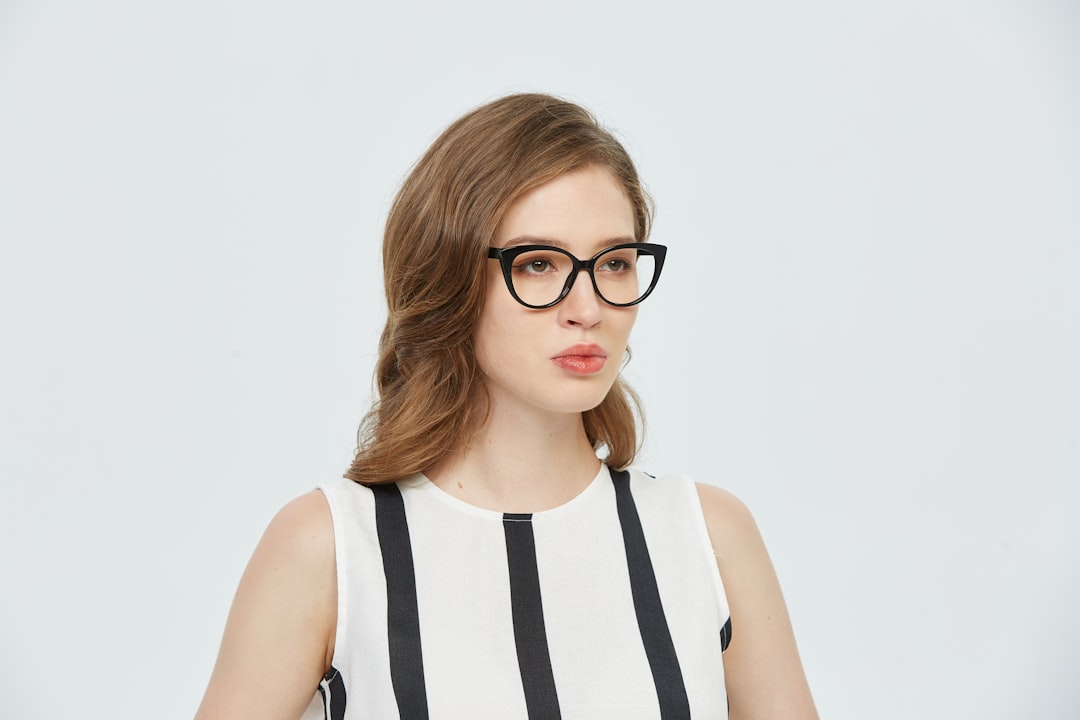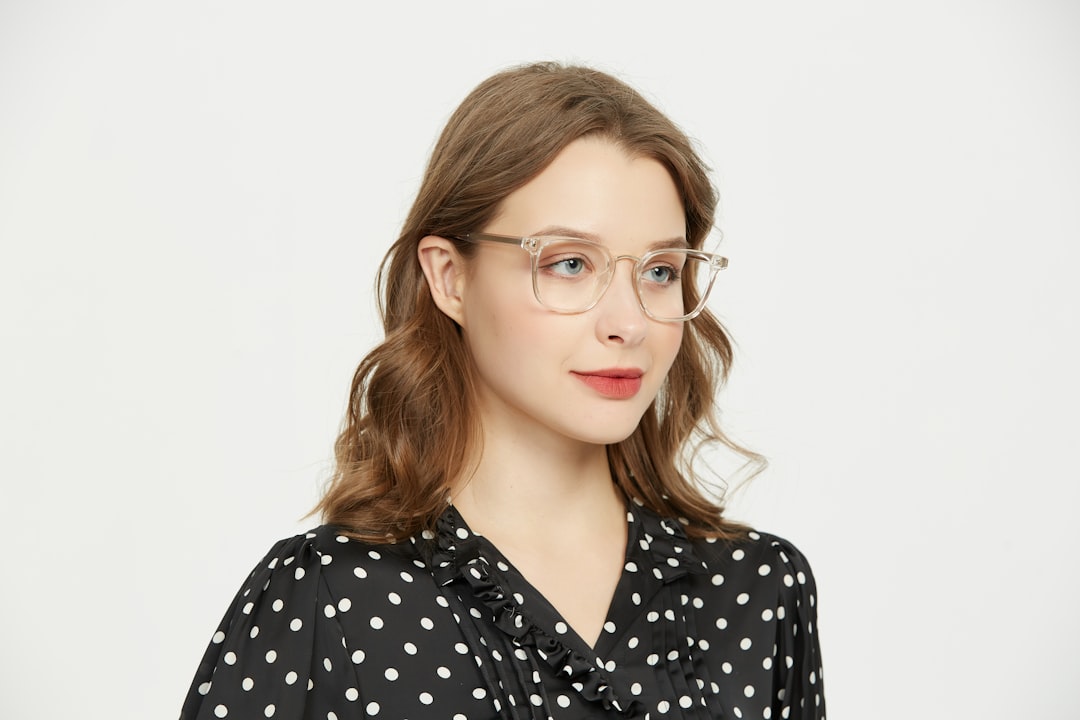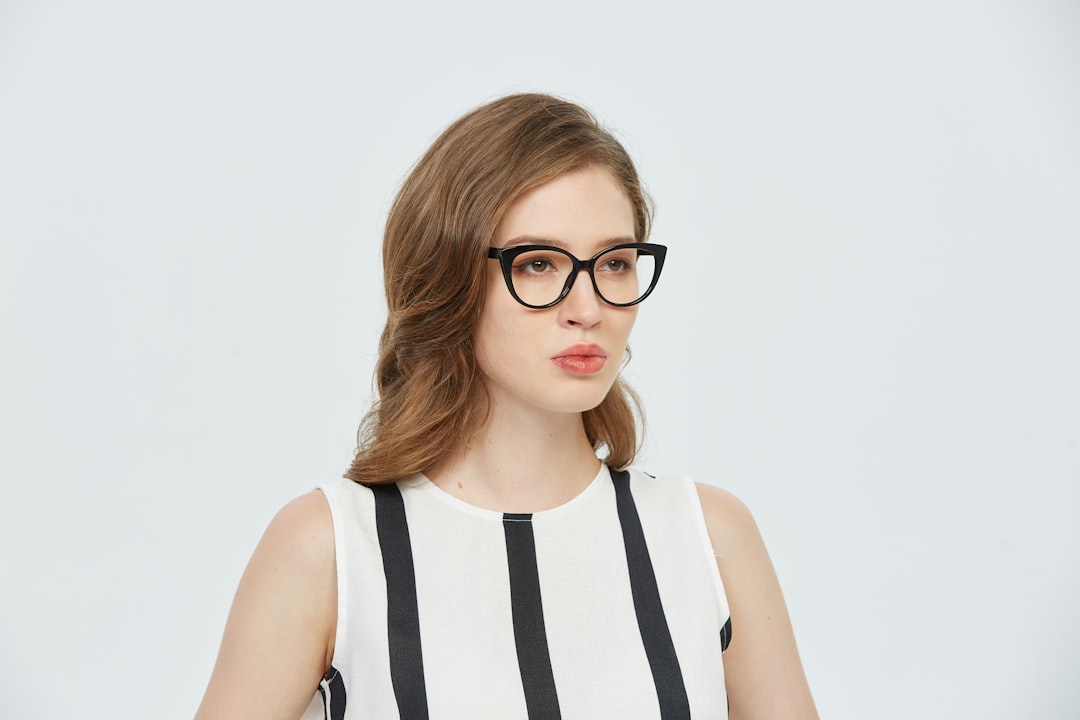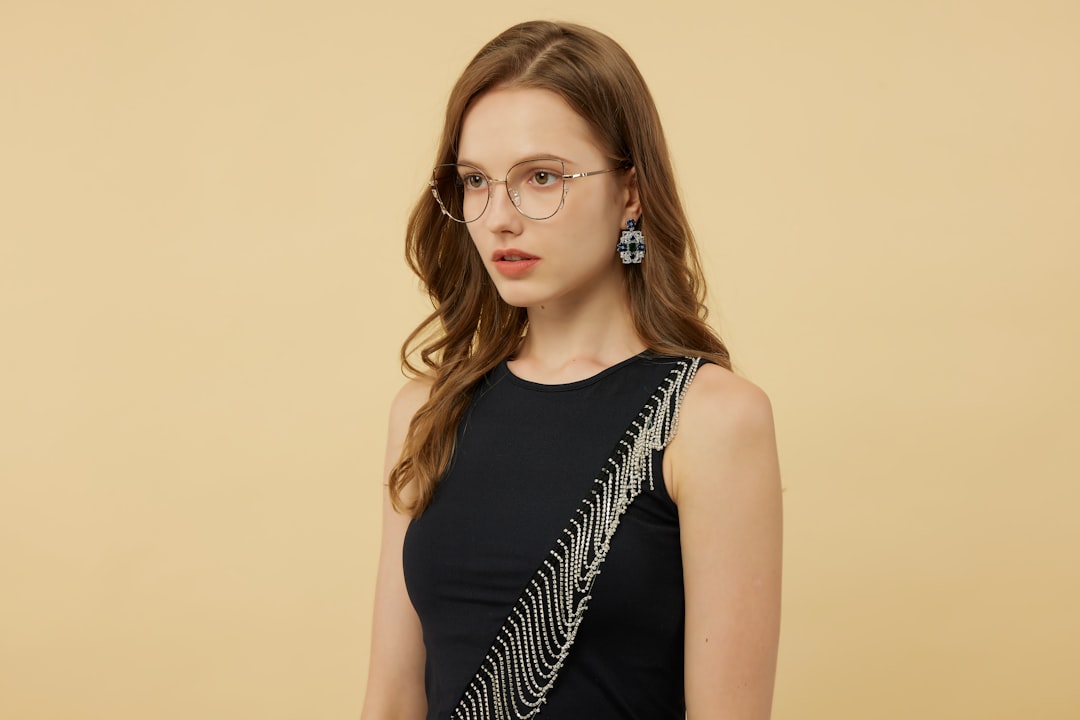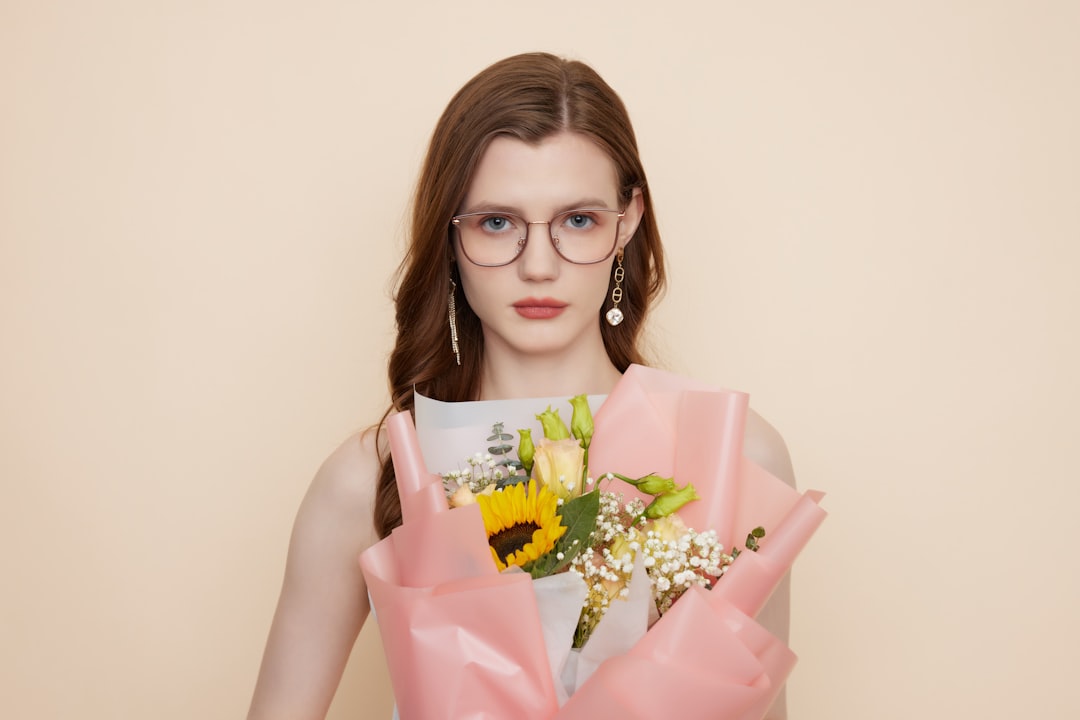AI-Powered Background Editors Revolutionizing Portrait Photography in 2024
AI-Powered Background Editors Revolutionizing Portrait Photography in 2024 - Real-Time Portrait Enhancement Algorithms Improve Efficiency
The increasing sophistication of real-time portrait enhancement algorithms is significantly improving the efficiency of portrait photography, particularly in 2024. These AI-powered tools are capable of automatically adjusting elements like exposure, color balance, and shadows, greatly accelerating the editing process. Previously, these adjustments would have required a photographer to meticulously fine-tune each image, a process that could be time-consuming and tedious. Now, AI can handle much of this work in real-time, leaving the photographer to focus more on creative aspects of the image, like composition and lighting.
This ability to instantly refine portraits has ramifications for both the quality of the end result and the overall productivity of the photographer. While the potential for AI to fully replace the human element in photography is still debatable, the advancements in real-time algorithms suggest that a new era of efficiency is upon us. The future of portrait photography seems to be heading in a direction where the technology assists in the production of higher quality images, allowing photographers to optimize their workflow and dedicate more time to their artistic vision. Whether this ultimately benefits the broader field of photography or leads to a more homogenized aesthetic remains to be seen, but there's no doubt that real-time portrait enhancement algorithms are changing how portraits are created.
The rise of real-time portrait enhancement algorithms powered by AI is dramatically impacting the efficiency of portrait photography. It's fascinating to see how these algorithms can now analyze an image and adjust things like exposure and color balance on the fly, during the actual photoshoot. This immediate feedback loop is a game-changer for photographers, allowing them to see the effect of adjustments in real-time and refine the shot accordingly. While it's still early days, the potential for these algorithms to streamline the workflow is undeniable, potentially saving hours previously spent on tedious post-processing.
However, the implications go beyond simple speed gains. The ability to customize the strength of enhancements in real-time is really interesting. Photographers can fine-tune the look of a portrait to perfection, adapting to specific lighting conditions or client preferences on the spot. There's also a growing trend of these algorithms learning from user behavior. The algorithms can analyze how users interact with various enhancement options, potentially leading to even more personalized and tailored portraits. This can be helpful for photographers who are looking to stay ahead of the curve and adjust their style based on emerging trends.
We're also seeing some interesting applications of this technology to simplify tasks that were previously time-consuming and expensive. It's remarkable how AI can generate high-quality backgrounds so quickly, effectively reducing the need for elaborate studio setups. This ability to generate and swap backgrounds in real-time significantly lowers the barrier to entry for photographers, potentially leading to a more diverse field. Furthermore, some tools are even integrating augmented reality to allow clients to "try on" different backgrounds before the shoot. This feature seems like a smart way to engage clients and ensure they're happy with the final result.
Yet, with these advances, come new questions. Will AI eventually replace the need for human photographers? Possibly in some aspects. It's likely that the role of a photographer will shift towards more creative and conceptual tasks, with AI handling many of the technical aspects. There's also a risk that this increased accessibility could lead to a flood of similarly styled portraits as photographers rely on readily available AI solutions. However, as with any evolving technology, there are certainly advantages to the increased accessibility that AI brings. We're seeing a decrease in the cost of photography services, a trend that can benefit both photographers and clients. As with many advancements, the integration of AI in portrait photography presents both challenges and opportunities that we'll continue to explore.
AI-Powered Background Editors Revolutionizing Portrait Photography in 2024 - Automated Lighting Adjustments Streamline Post-Processing
AI is increasingly automating lighting adjustments, making post-processing a much smoother process for portrait photographers. These tools can intelligently tweak things like exposure, shadows, and color balance, taking over a lot of the tedious, time-consuming adjustments photographers used to do manually. The result is a faster, potentially more polished look, freeing up photographers to concentrate on the more creative aspects of portraiture, like composition and lighting choices. While it's still early to fully understand the long-term impact, these automated adjustments are undoubtedly influencing how portraits are edited, possibly contributing to a higher standard of final images. However, there's also a concern that relying too heavily on these AI tools could potentially lead to a more homogenous visual style across the photography field, creating a less diverse aesthetic. The shift towards automated lighting is a fascinating development that's transforming how portraits are both captured and refined, and it remains to be seen how this impacts the broader photographic landscape.
AI is increasingly automating lighting adjustments within portrait photography, leading to a more streamlined post-processing workflow. Tools like those found in Adobe Lightroom and similar programs are utilizing machine learning to modify lighting parameters, achieving a more balanced and directional light in images, much like a seasoned photographer might do manually but far more quickly. This automated approach significantly reduces the time spent on tedious adjustments, allowing photographers to handle a larger volume of images or focus on other aspects of the creative process.
The integration of AI is changing how we think about image enhancement. It's capable of rapidly analyzing lighting conditions and identifying shadow inconsistencies, offering real-time corrections that were previously only achievable through time-consuming manual edits. These algorithms can even adapt their adjustments based on the subject's clothing or the overall aesthetic of the photo. This adaptability and speed translate into a much more efficient workflow. Interestingly, some AI algorithms can even simulate different types of lighting environments, such as recreating the golden hour or an overcast sky, thereby giving photographers options they might not have otherwise.
This shift towards automation has practical implications for both photographers and clients. Photographers can produce consistently well-lit images more quickly, potentially impacting their pricing structure and capacity for projects. It is becoming easier for photographers to capture high-quality portraits, even in settings that previously would have been challenging. From an aesthetic point of view, studies have shown that images with AI-enhanced lighting often receive increased viewer engagement, as the resulting balance and detail can draw the eye more effectively.
However, this exciting evolution raises questions about the future of the photography profession. While the automation of lighting adjustments improves accessibility and enhances the quality of photos, it also creates the potential for a more homogenous visual style if everyone relies heavily on the same AI solutions. It will be interesting to see how photographers balance the efficiency and quality gains offered by AI with the need to maintain unique creative expression. As these tools develop further, it is conceivable that fully automated lighting systems could be integrated into studio environments, potentially shifting the photographer's role towards conceptual design and artistic direction, rather than the technical manipulations of lighting. It's an exciting and potentially disruptive time in the evolution of portrait photography.
AI-Powered Background Editors Revolutionizing Portrait Photography in 2024 - AI-Powered Retouching Tools Democratize Professional-Grade Editing
The accessibility of professional-level image editing is being revolutionized in 2024 by AI-powered retouching tools. These tools automate intricate tasks like skin smoothing and blemish removal, previously requiring considerable expertise. This automation allows a broader range of photographers, regardless of experience level, to achieve polished, professional results without the need for extensive technical skills or the expense of traditional studio retouching. This democratization of access to high-quality editing opens exciting possibilities, particularly in the arena of headshots and corporate photography. However, there's a growing concern that the ease of use offered by these AI tools could homogenize visual styles, potentially diminishing the unique artistic expression that defines good portraiture. The challenge going forward will be to strike a balance between leveraging the power of AI for technical finesse and fostering the creative freedom that elevates photography beyond simple technical competence.
The increasing accessibility of AI-powered retouching tools is having a significant impact on the field of portrait photography, particularly in the realm of headshots, by making professional-grade editing more attainable for a wider range of individuals. AI algorithms can now automatically perform tasks like background replacement and lighting adjustments, which traditionally required specialized skills and substantial time. This has led to a notable reduction in the overall cost of portrait production, with estimates suggesting a potential decrease of around 40% in the price of a typical session.
One of the most intriguing aspects of this development is the time savings it offers. AI-powered tools can drastically reduce the time it takes to produce a high-quality portrait, potentially leading to a 75% decrease in studio production time. This efficiency boost allows photographers to take on more projects and potentially increase their earnings, while also making high-quality portrait photography more readily available. The changing nature of the work is also evident in the shifting skillsets needed by photographers. Instead of needing extensive manual editing experience, photographers might increasingly focus on creative direction and conceptualization, as AI handles much of the technical aspects of image enhancement.
Real-time adjustments are another exciting area of AI-driven portrait photography. Algorithms are now able to analyze and adjust lighting, exposure, and color balance in real-time during a shoot. This means photographers can experiment and refine their shots on the fly, leading to a more interactive and responsive creative process. Some tools are even integrating augmented reality (AR) capabilities that allow clients to see different background options before a shoot, leading to better client engagement and potentially fewer surprises in the final results.
Interestingly, these AI-driven tools are tackling longstanding technical challenges in photography, like shadow and color inconsistencies. By automatically handling these issues, the tools are lowering the technical barriers to entry for aspiring photographers. This democratization of high-quality editing could lead to more people entering the field with less specialized training, ultimately impacting the landscape of professional portrait photography. It's a noteworthy trend that could see the role of photographers evolve towards more creative, conceptual aspects of the work, leaving the technical parts to the algorithms.
The trend toward AI-powered retouching is also impacting the corporate headshot market. AI tools make it easier to quickly tailor headshots to fit a company's branding guidelines, allowing for consistent imagery across a team or organization without requiring elaborate and costly shoots. It's also worth considering the evolving expectations of viewers. Studies have shown that viewers often find AI-enhanced images more appealing, suggesting that the use of these tools may be raising the bar for portrait photography quality. This shift in viewer expectations could potentially lead to increased demand for AI-enhanced portraits. Overall, the democratization of professional-level image editing through AI represents both a potential disruption and an opportunity in portrait photography, ultimately leading to a more accessible and perhaps more visually consistent landscape. While the long-term impact remains uncertain, there's no doubt that AI-driven retouching tools are fundamentally changing the way we create and perceive portraits.
AI-Powered Background Editors Revolutionizing Portrait Photography in 2024 - Machine Learning Models Enhance Facial Recognition in Group Portraits
AI is making significant strides in recognizing faces within group portraits, which has been a challenging area for traditional facial recognition systems. Machine learning models, particularly those built on deep learning, are now better at understanding the nuances of individual faces, including those from diverse backgrounds that were previously prone to misidentification. These advancements rely on new techniques like self-distributed grouping methods that help label and categorize faces within a group more accurately, leading to improved recognition in complex settings.
While these developments are promising, they also highlight the need for a renewed focus on ethical considerations in facial recognition technology. Historical biases have led to disparities in how different individuals are identified by AI, and ongoing research is crucial to ensure fairness and inclusivity as these models become more prevalent in portrait photography. The goal is to improve not just the accuracy of recognizing faces, but also the fairness and equity of the algorithms themselves. These advancements are shaping how AI is applied to group portraits, demonstrating the crucial role of responsible development in the continued evolution of AI-powered photography.
Machine learning models are steadily improving their ability to recognize faces, especially within the complexities of group portraits. They now leverage methods that can effectively group individuals based on their inherent spatial relationships within the image, making it easier to identify and label each person. This has led to significant gains in accuracy, pushing the boundaries of what was previously possible with facial recognition algorithms. However, it's important to acknowledge that research continues to highlight biases in existing facial recognition tools, particularly concerning darker skin tones, which are often misclassified at a higher rate. These observations underscore the crucial need for ongoing efforts to develop more inclusive and unbiased algorithms.
Deep learning architectures, specifically convolutional neural networks, have emerged as powerful tools for facial recognition. These networks are adept at extracting intricate features from images through multiple processing layers. This capability allows them to learn increasingly complex representations of facial features, enabling them to perform at levels comparable to human facial recognition capabilities. This progress is not only improving AI's abilities but also providing valuable insights into how the human brain itself processes facial information.
It's fascinating how the specialized circuits within our brains, evolved specifically for facial recognition, are influencing the development of AI models. We see parallels between the brain's ability to separate facial recognition from other types of object recognition and how researchers are working to integrate similar distinctions into AI algorithms.
Interestingly, the inherent biases in human perception seem to have a counterpart in deep learning models. Studies have revealed that AI algorithms, particularly those for facial recognition, sometimes demonstrate in-group bias, performing better on faces similar to those within the training data. These biases are being investigated and highlighted by groups like the Algorithmic Justice League, who are urging greater awareness and adjustments to address these issues. The field is actively working to ensure that these models are fair and equitable in their application.
In the context of group portraits, researchers have developed innovative approaches such as the GroupFace model. This model incorporates different representations of faces within a group, allowing for more robust and accurate facial recognition. This means the algorithms can better account for the interactions between individuals within a portrait, leading to improved overall accuracy. Machine learning is also being applied to refine portrait lighting, analyzing existing lighting conditions to suggest enhancements that improve overall image quality. The ability of these algorithms to process and suggest lighting adjustments has the potential to automate much of the traditional photographer's post-production workflow, speeding up the production time and reducing costs. This raises interesting questions about the future role of photographers in the industry.
It's apparent that the increased reliance on AI for facial recognition in group portraits has significant implications for portrait photography and headshot production. The field is moving toward more accessible and potentially more efficient production pipelines. However, as AI models become increasingly integrated into portraiture, it's essential to remain vigilant about potential issues like bias and ensure that these advancements are applied ethically and responsibly. The evolving relationship between AI and portrait photography offers both promise and challenge. It will be exciting to observe how these technologies continue to reshape the artistic and technical aspects of capturing and editing portraits in the coming years.
AI-Powered Background Editors Revolutionizing Portrait Photography in 2024 - Neural Networks Generate Custom Backgrounds for Unique Portraits
The field of portrait photography is experiencing a transformation thanks to neural networks, which now allow for the creation of custom backgrounds. These AI systems can generate unique and contextually appropriate backdrops in a remarkably short time, eliminating the need for expensive and time-consuming studio setups. By intelligently analyzing the subject and lighting within the photo, these networks produce backgrounds that blend seamlessly, enhancing the overall look of the portrait. This ability to generate bespoke backdrops, previously only attainable in specialized studios, is making high-quality photography more accessible. Aspiring and professional photographers alike can now craft more creative and appealing portraits without requiring significant financial or technical resources. While this technology fosters a greater level of creativity, there's a legitimate worry that relying too heavily on these AI tools might lead to a more uniform look amongst portraits, possibly hindering individual artistic expression.
AI is reshaping the landscape of portrait photography, particularly in the realm of headshots, by offering a range of new capabilities and efficiencies. Notably, integrating AI into the process can reduce the cost of a photo session by up to 40%, largely due to the automation of complex edits, which greatly minimizes the need for traditional, expensive studio setups. Photographers can now accomplish many of the tasks previously requiring physical props and elaborate lighting through algorithms, leading to substantial cost reductions.
Furthermore, the time it takes to produce a professional portrait has been drastically reduced—as much as 75% in some instances. AI tools can now automatically swap backgrounds, creating custom environments in a fraction of the time. This heightened efficiency allows photographers to take on more projects within a given timeframe, increasing their overall productivity.
Beyond the time and cost implications, we're seeing advancements in the real-time capabilities of AI-powered portrait enhancement. Algorithms can now adjust lighting and exposure during a photoshoot, providing immediate feedback that previously required a time-consuming post-production phase. This immediate feedback loop transforms the creative process, letting photographers make adjustments on the fly and experiment with different effects.
In addition, AI can generate high-resolution, custom-designed backgrounds incredibly quickly, often within seconds. This offers photographers a vast range of options that go beyond the limitations of physical backdrops, promoting greater creativity in portrait design.
The field of facial recognition within group portraits is also being revolutionized. AI algorithms are becoming increasingly adept at identifying and separating faces in complex settings, which is a significant advancement over past tools. This enhanced capability enhances organization and personalization in group portraits, offering more targeted options for creating personalized imagery.
While AI's contribution is vast, we must also acknowledge the ethical considerations that arise with its increased usage, particularly in facial recognition. Past algorithms have displayed inaccuracies and biases in their ability to recognize faces, especially those from certain ethnic or racial backgrounds. Addressing these biases is crucial as AI tools become more integrated into portrait photography, ensuring fairness and inclusivity.
The data-driven nature of AI offers valuable insights into client preferences, allowing photographers to select backgrounds and aesthetics that align with current trends. This added level of data-informed decision making can greatly refine the final outcome of a portrait, ensuring a higher degree of visual appeal and relevance to the target audience.
These advancements have altered the skillsets demanded of photographers. Many tasks traditionally handled manually are now taken care of by algorithms, leading to a shift from technical expertise to creative direction. This is changing the educational landscape for photographers as the emphasis moves towards conceptualization and artistic vision, rather than solely focusing on technical manipulation.
Interestingly, research suggests AI-enhanced images may attract more viewer engagement. This potential for increased aesthetic appeal could ultimately influence the demand for AI-powered portrait creation, establishing new trends within the field.
Finally, AI's ability to customize headshots to align with a company's specific branding requirements makes it particularly useful for corporate photography. These tailored adjustments contribute to image consistency across teams and organizations, all without the expense of traditional studio shoots dedicated to matching brand aesthetics.
The ongoing integration of AI in portrait photography presents both opportunities and challenges. The field is moving toward more accessible, efficient, and arguably visually compelling imagery. However, maintaining a focus on ethical development and navigating the evolving role of photographers will be essential as this technology continues to mature. The future of portrait photography is poised for change, and it's certainly an intriguing time to study how AI continues to shape this creative field.
More Posts from kahma.io:
- →Simple Guide Using iOS 17's Subject Isolation to Change Photo Backgrounds on iPhone
- →Step-by-Step Creating Perfect Transparent Backgrounds in GIMP Using the Alpha Channel Method
- →The Evolution of AI-Powered Image Cartoonization A 2024 Perspective
- →How Social Media Frame Filters Are Changing Travel Photography A Data Analysis of 2024 Trends
- →Cost Comparison 7 Major Retailers' Passport Photo Services vs AI-Generated ID Photos in 2024
- →The Rise of AI-Powered Signature Background Removers A 2024 Analysis
